What Animals Live In The Boreal Forest

The boreal woods constitutes effectually 55% of the country's landmass and in order to maintain the biodiversity and regulate the climate, it is home to a varying range of wild animals, trees, insects, and birds. The focus mainly is on what animals live in Canada'southward boreal forest.
Adaptation features of animals in the boreal forest

The boreal woods is just south of the arctic circle and thus experiences extreme summers and winters of upwards to -90F. These provide the main claiming for the animals living in that location and as such, they have to have the best features for survival.
Some of the rare animal species plant in Canada's Boreal forest include:
Wood frog
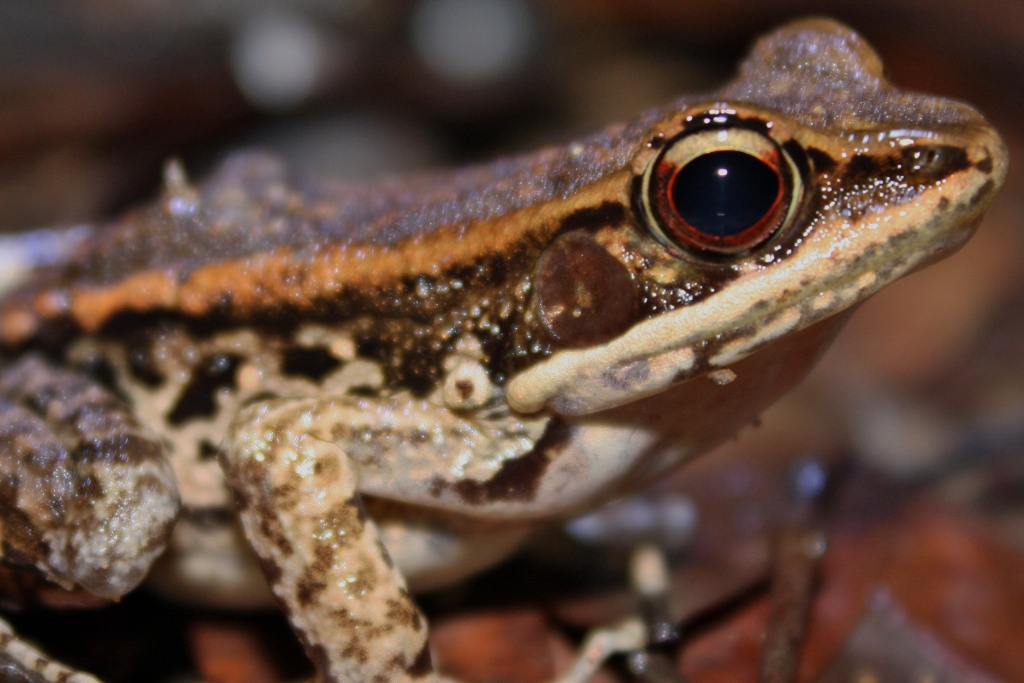
This blazon of frog has the rare ability to freeze up to two-thirds of its trunk during winter. During this catamenia, its glucose levels are very high to proceed water inside the cells. This frog is technically dead during wintertime as it cannot move at all. Once spring comes, information technology thaws and converts the glucose speedily into glycogen and pees out what is remaining. Information technology can survive up to 7 months when frozen.
The red fox

Its overall color is a rusty red which is darker on the back and the tail. The tip of its tail, the within of its ears and its abdomen are white. Their diet varies greatly as they only eat what is available at the moment ranging from rodents to carcasses.
The deer family unit
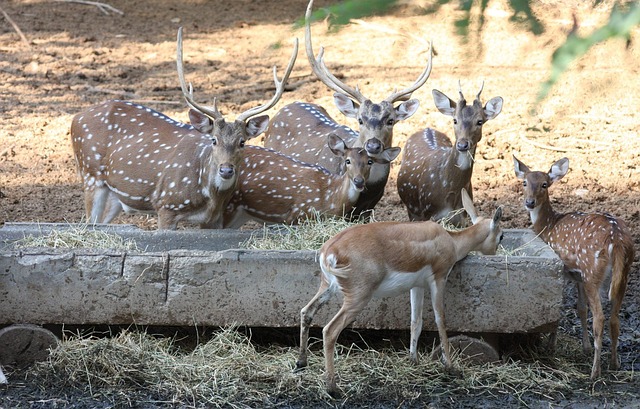
Moose

Information technology is the largest fellow member of the deer family. The moose has very long stilt-like legs with largely divided hooves. Most of them take nighttime-brown to black pilus and the male person moose grow antlers up to 150 cm during winter and loses them during summers.
They are establish near water bodies every bit they are very good swimmers. They are also characterized past poor eyesight but accept a very expert sense of hearing and smell.
Caribou: It is the but member of the deer family where both the male person and female person have antlers. It is chocolate-brown in color and bit white on the neck. It is considered an endangered species as their numbers are greatly declining.
People who read this article also read: "What is an eTA visa to Canada?"
Wolfs
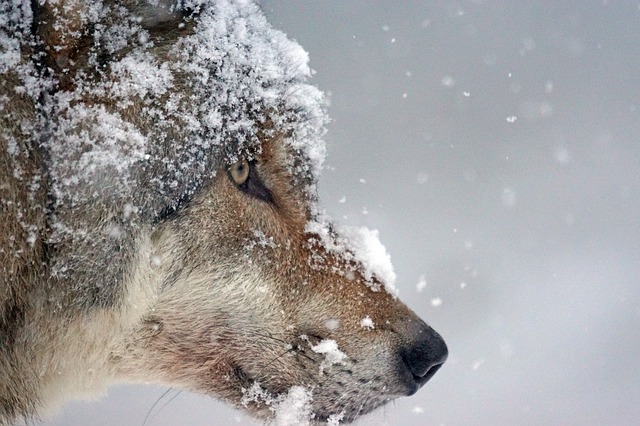
They accept very distinctive features such as living in packs and having a articulate hierarchy with the blastoff-pair being in charge. They communicate using howls to help find lost members of the pack or warn them virtually any form of danger.
Examples of wolfs in the boreal forest include the:
Grey wolf
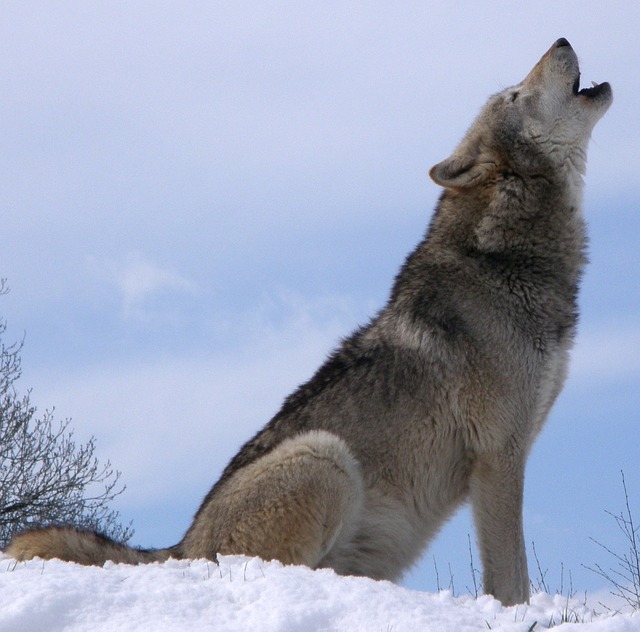
As well known as the timber wolf. Most of them are grey-blackness in color.
It more often than not hunts after large prey like the deer and the caribou. It has two layers of fur coats to protect it from the cold. The male wolf is taller than the female.
Coyote

It has an overall grey-dark-brown reddish color. Information technology is smaller than the gray wolf and is never alone. They are opportunistic feeders equally they tin can vary their food from hares and frogs to berries. Their population is very high in the boreal forest.
The cat family
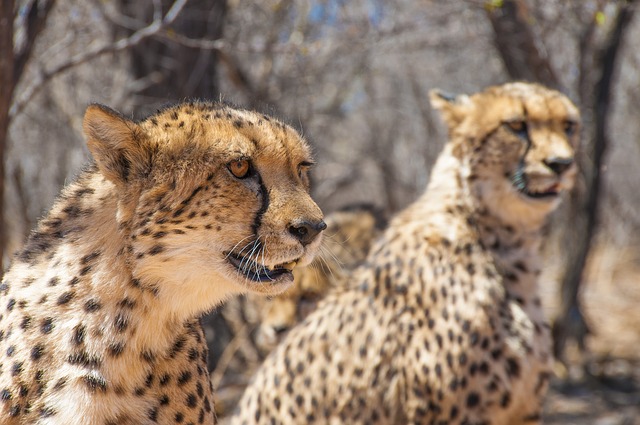
Mountain lion (Cougar/Puma)
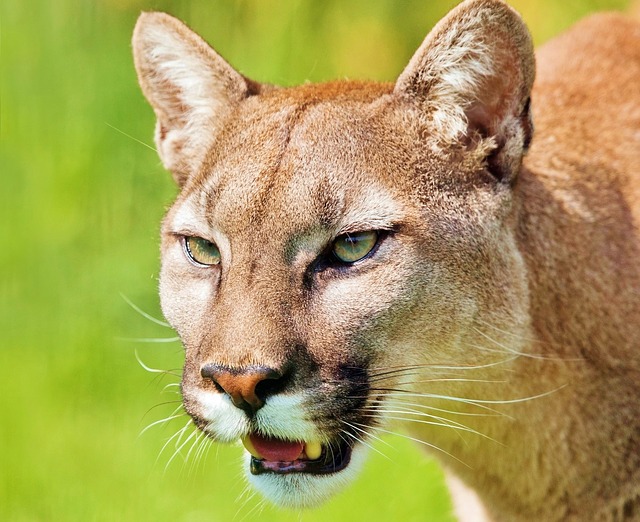
Information technology is the almost powerful wild cat in Canada. The males are over 60kgs.Their coating is dark-brown gray and the chest and abdomen areas are white in color.
Its tail is long with a black tip. It as well has black marks on the nozzle and the ears. It generally feeds on the moose and white-tailed deer but can feed on other smaller animals also such every bit the pilus.
Lynx

Its colors range from bluish gray to yellowish and brown underparts. Its tail is shot with a blackness tip. Information technology has pointed ears with long black tufts. Its anxiety are big with dense hairs.
Bobcat

It has a varying range of colors included a spotted coat. Information technology has tuft fewer ears and a short bobbed tail with a white underside that is tipped. Its legs and feet are smaller than those of a lynx.
These two generally feed on snow shore hairs and other small rodents.
The blackness bear

Information technology is dominantly black in color with a varying range of its coat color. The black bear is an omnivore that feeds on vegetable mostly and a few insects and birds.
Information technology has learned to acquaintance human beings with food and can eat garbage drops and livestock.
Racoon

It has a blackness facial mask. Its color varies from black to lite brown with a ringed tail. The raccoon is omnivorous and so varies its diet. It is likewise a known carrier of rabies.
The northern river otter

They have thick furs to protect them when they swim in cold waters. They take curt legs with webbed anxiety and a streamlined trunk for faster swimming. It is more often than not found on the wooded shoreline of lakes and ponds and it feeds majorly on fish.
The snowshoe hare
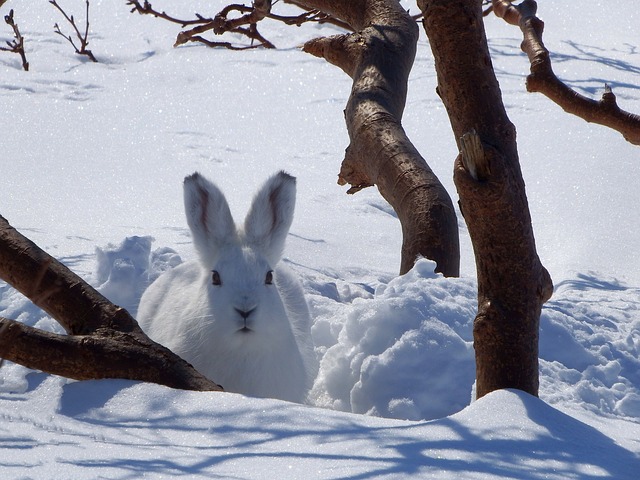
In winter it has a white colour and in summertime information technology has varying degrees of brown. Information technology is very fast and can go up to 45 kilometers per 60 minutes. Information technology feeds mainly on vegetables and is a common meal to many predators.
The porcupine
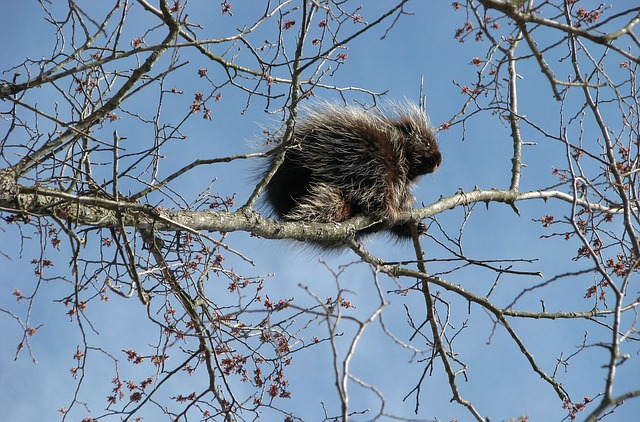
It has long strands of chocolate-brown pilus just with many large quills tucked inside. Information technology has small-scale anxiety that are abrupt with round shut to enable them to climb trees. It is an herbivore equally its diet is mainly leaves and forest herbs. Its largest predator is the fisher because it can avert the quills by carrying the porcupine on its back.
The list above serves to show only a few of the diverse species of animals found in the Boreal wood in Canada.
Source: https://etacanadaonline.com/what-animals-live-in-canadas-boreal-forest/
Posted by: hulettsircurnis.blogspot.com

0 Response to "What Animals Live In The Boreal Forest"
Post a Comment